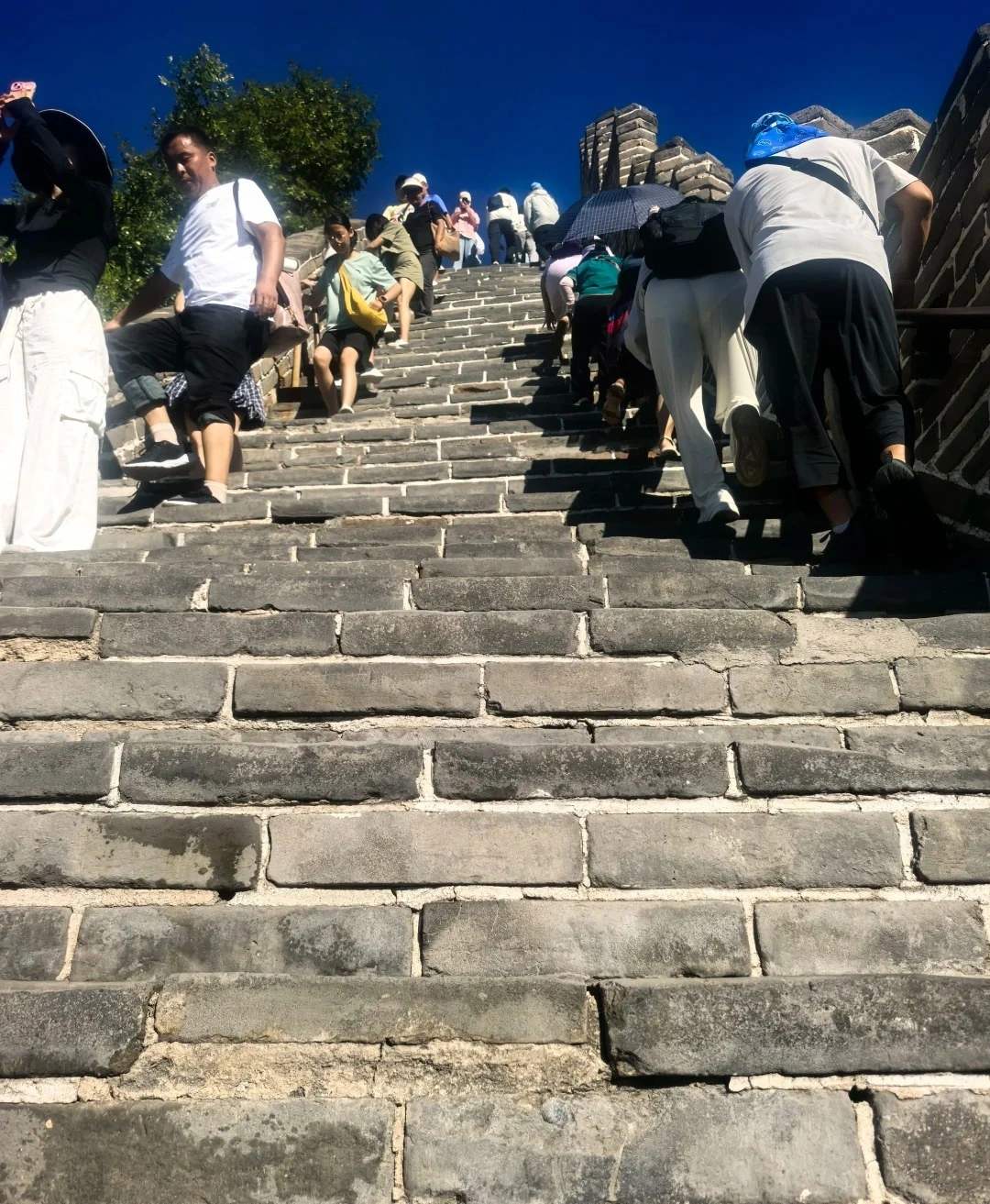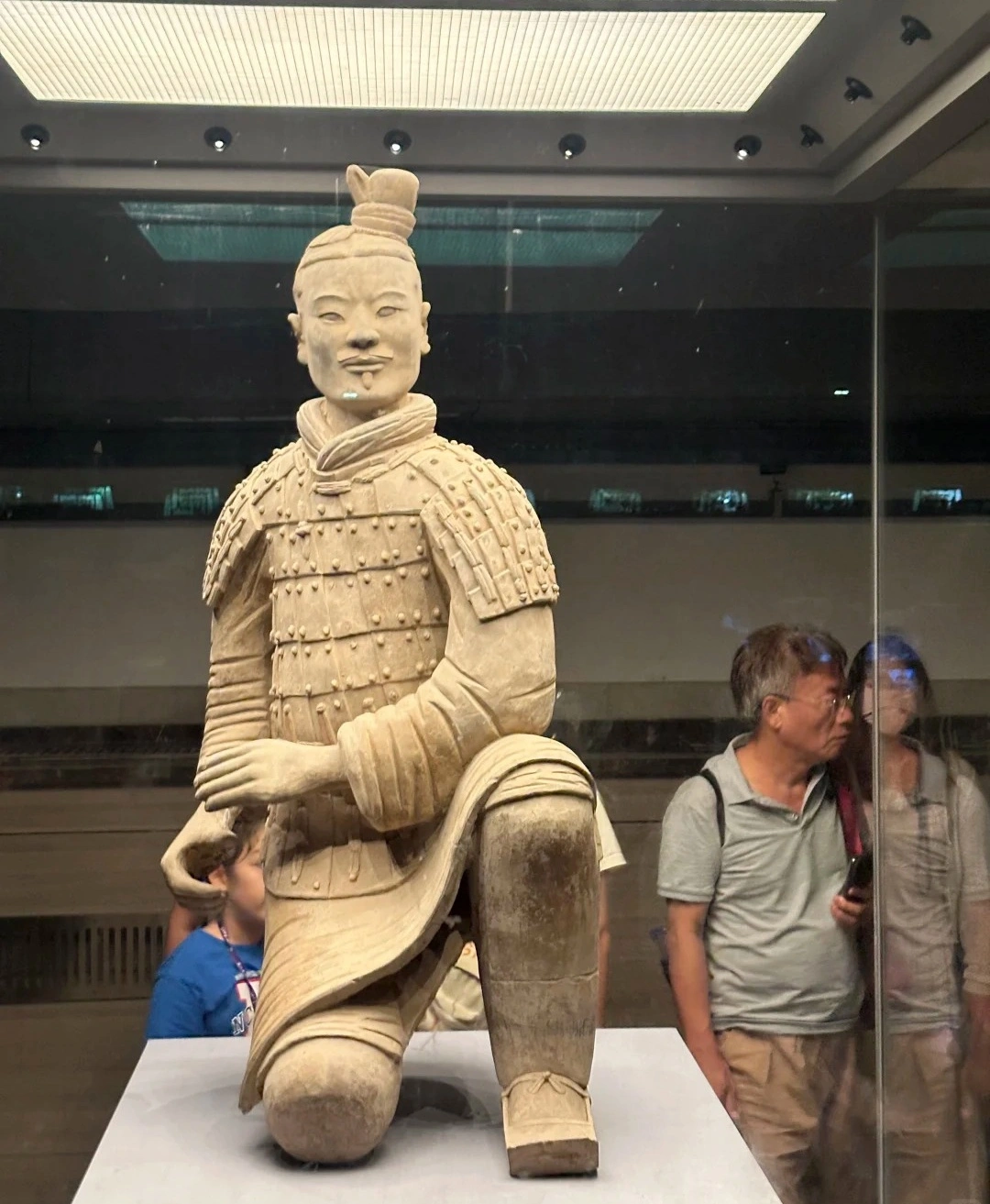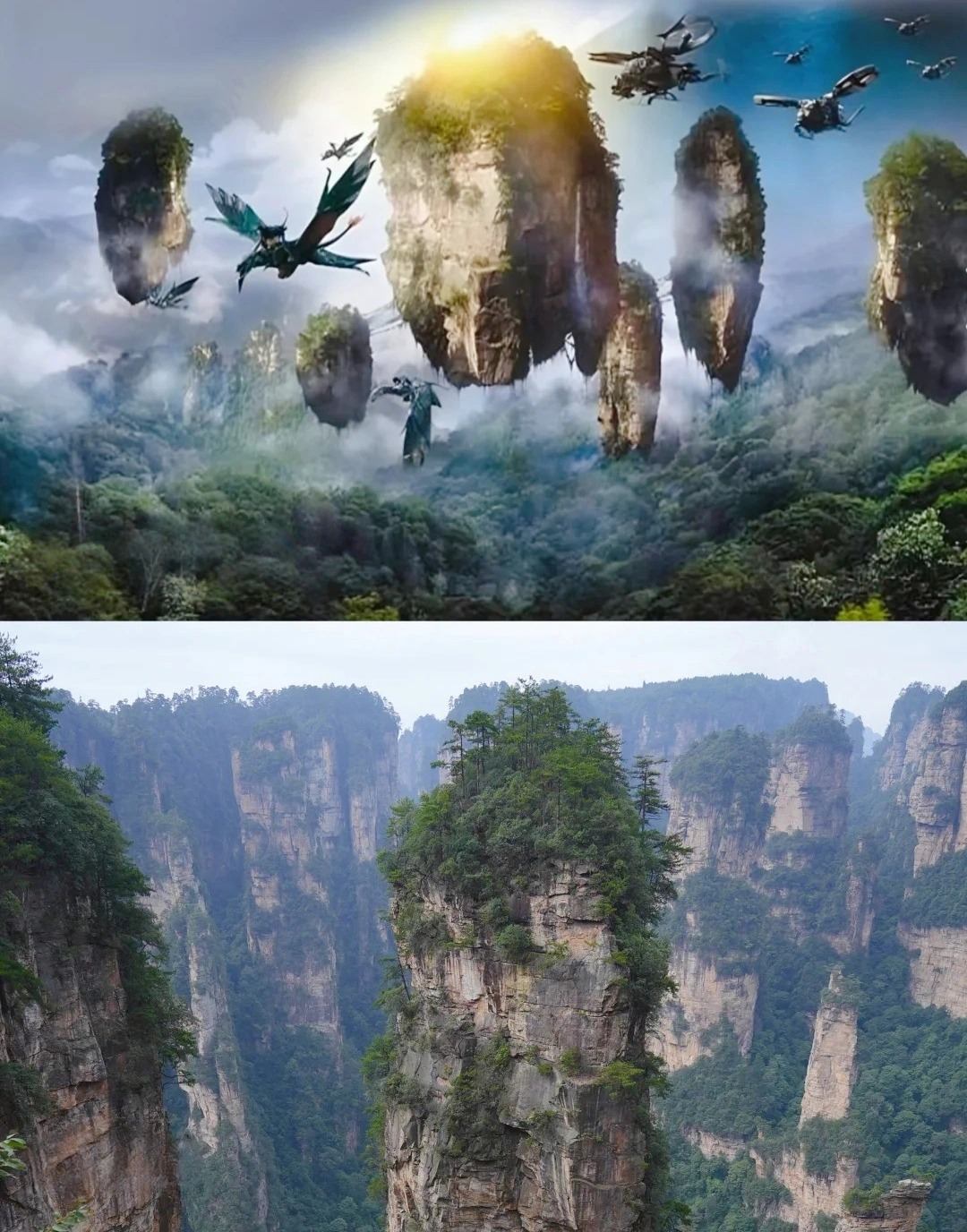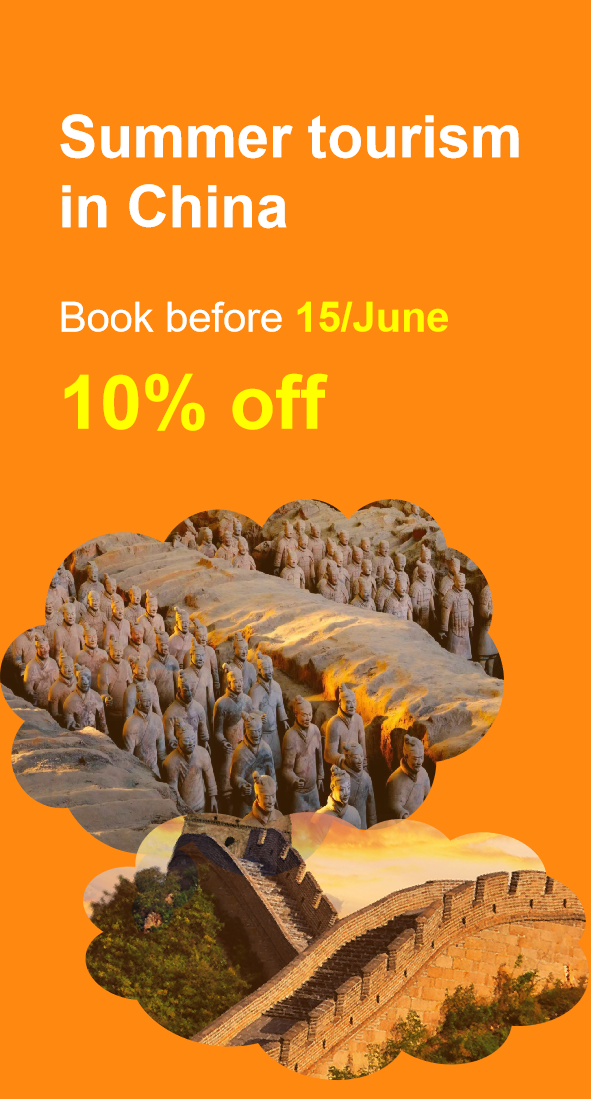Chinese Kites
Introduction: A Brief History of Chinese Kites
Chinese kites, with their unique designs, vibrant colors, and rich history, are one of the most iconic cultural symbols of China. These kites have been an integral part of Chinese culture for over 2,000 years, originally crafted for military, scientific, and spiritual purposes before evolving into an art form and recreational activity. Today, kite making and flying continue to hold deep cultural significance and are widely celebrated through festivals and family gatherings across the country.
In this article, we’ll explore the history, cultural significance, types of kites, and the art of kite making in China. Whether you’re a kite enthusiast or simply curious about this fascinating tradition, Chinese kites offer a colorful glimpse into the country’s ancient culture and craftsmanship.
If you want to know more about Chinese culture and itineraries, please contact us. Popular Tour Packages in China:
The Origins and Evolution of Chinese Kites
The history of Chinese kites dates back to the Spring and Autumn Period (770-476 BCE), during which kites were first used for military and scientific purposes. Early kites were constructed from bamboo and silk, and their primary function was to send signals, measure distances, or test the wind. The earliest recorded kite was invented by the polymath Mozi, a famous philosopher, engineer, and scientist in ancient China.
As time went on, kites became more than just military tools. By the Han Dynasty (206 BCE–220 CE), kites were being used for recreational purposes, as people began to recognize the thrill of flying these delicate creations in the open sky. During the Tang Dynasty (618–907 CE), kite flying was elevated to a leisure activity, and artists began to experiment with more intricate designs, turning kites into a form of art.
By the Song Dynasty (960-1279 CE), kites became widely popular as part of festive celebrations. Today, the tradition of kite making and flying is still an important cultural activity, especially during major holidays like the Spring Festival and the Qingming Festival.
The Cultural Significance of Chinese Kites
Chinese kites carry much deeper cultural and symbolic meaning than just being toys or decorations. The symbolism associated with kites is deeply rooted in Chinese philosophy and tradition, making them an important part of various rituals and celebrations.
1. Symbol of Good Luck and Fortune
Kites are often seen as symbols of good luck, prosperity, and spiritual ascension. Flying a kite is believed to carry away bad luck and evil spirits, making it a common practice during Chinese Festivals such as the Spring Festival and the Qingming Festival. During these festivals, people fly kites to bring harmony to their lives and to wish for a prosperous future.
2. Connection with Nature
In traditional Chinese thought, nature plays a central role in the harmony of life. The act of flying a kite is often seen as a way to connect with the elements—wind, sky, and earth. The motion of the kite in the sky symbolizes spiritual freedom and transcendence, allowing people to feel a sense of unity with nature. As such, kites are often linked to Chinese philosophy and the Taoist idea of living in balance with the natural world.
3. Celebration of Festivals
Kite flying is a popular activity during Chinese festivals. It is particularly common during the Tomb-Sweeping Festival (Qingming Festival) when families fly kites to honor their ancestors. The act of flying a kite is seen as a way to cleanse the spirit of the departed and bring peace to their souls. Similarly, during the Dragon Boat Festival, large, dragon-shaped kites are often flown to invoke the spirit of the dragon, which is considered a powerful symbol in Chinese culture.
Types of Traditional Chinese Kites
Chinese kites are not just simple toys—they are beautiful works of art, often reflecting themes of nature, mythology, and Chinese cultural traditions. Here are some of the most popular types of kites found in China:
1. Dragon Kites
The dragon is one of the most prominent and revered symbols in Chinese culture, representing power, strength, and good fortune. Dragon kites are often large and intricate, featuring a long, flowing body and vibrant colors. Flying a dragon kite is considered auspicious, and they are often seen during the Chinese New Year celebrations. These kites are typically flown during festivals to symbolize the arrival of good fortune and to ward off evil spirits.
2. Phoenix Kites
The phoenix is another powerful symbol in Chinese culture, representing rebirth, beauty, and immortality. Phoenix kites often feature stunning, colorful designs and are decorated with patterns of feathers and flames. They are believed to bring peace, harmony, and prosperity to the individual flying them.
3. Animal Kites
Animal-themed kites are also very popular in Chinese kite culture. These can range from butterflies and cranes to tigers, fish, and other creatures from Chinese mythology. Each animal carries its own set of symbolic meanings, and flying these kites is thought to bring various forms of luck and protection.
4. Flat Kites
Traditional flat kites are often square or rectangular in shape. These kites are typically decorated with bright patterns and images of nature, landscapes, or historical figures. Flat kites are simpler in design but are still beautifully crafted and often used during family gatherings and festive events.
5. Revolving Kites
Revolving kites, also known as helicopter kites, are designed to spin or rotate while they fly. These kites are typically smaller in size and have special features such as multiple layers or spinning tails. They are highly entertaining to watch as they perform acrobatic spins and rotations in the air.
The Art of Kite Making in China
Kite making is an intricate craft in China that requires skill, precision, and creativity. The process of making a traditional Chinese kite involves several steps:
Designing the Kite: The first step in creating a kite is to choose a design. Artists often draw inspiration from Chinese mythology, nature, and traditional patterns.
Building the Frame: The frame of the kite is traditionally made from bamboo, which is light yet strong enough to support the kite’s structure. The bamboo is carefully cut into thin strips, then shaped and bound together to form the frame.
Decorating the Kite: After the frame is built, the kite is covered with materials like silk, paper, or fabric. Artists then paint the kite with vibrant colors, often depicting scenes from Chinese mythology, flowers, animals, or abstract designs.
Attaching the String and Tail: Finally, a string is attached to the kite, along with a tail to help stabilize it during flight. The tail is often decorated with colorful ribbons or bells that create a pleasant sound as the kite soars through the sky.
The Best Kite Festivals in China
Kite flying is celebrated during numerous festivals across China, drawing kite enthusiasts and families together to share in the joy of this cultural activity. Some of the most famous kite festivals include:
Weifang International Kite Festival: Held annually in Weifang, Shandong Province, this festival is the largest and most famous kite festival in China. The event attracts kite makers and flyers from all over the world, with spectacular kite displays, performances, and competitions.
Tianjin International Kite Festival: Held in Tianjin, this festival is another major kite-flying event in China. It features large-scale kite displays, professional kite-flying competitions, and cultural performances.
Shanghai International Kite Festival: Held in Shanghai’s expansive parks, this festival is known for its lively atmosphere, family-friendly activities, and incredible kite displays.
Contact Us
What Our Clients Say?
Based on 10,000+ traveler reviews













